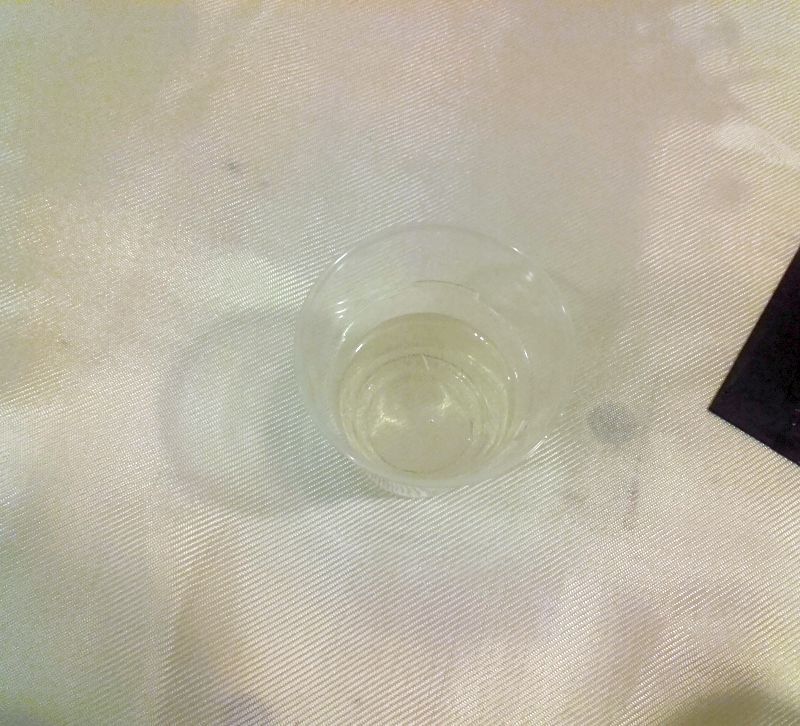Builders' Forum |
|
| ↓ Scroll to Last Comment ↓ | Forum Guidelines | Builders' Forum | |
I posted an earlier question about whether year-old epoxy compenents were problematic. The consensus was they were not and the interior filletting and taping I've done with it seems to have cured fine. Now I'm ready to glass the outside of my Shearwater Sport and I have a question about color. The hardener has a honey color to it. I frankly don't remember if it looked that way when it was new. Can someone enlighten me? Is that how it comes, or has it darkened with age. If it has darkened, wondering if I should get new for a better look. Every thing I do now will show!
Also, doing my final sanding before exterior glassing and wondering if anyone has a handy trick for getting a nice sharp right-angle between the hatch edges and the hatch sills. Finger tips and sandpaper edges are kinda working, but slow...
Thanks.
7 replies:
RE: Epoxy color
with respect to your first question, you will not see any color and hardener, even new, has a slight amber cast. when it's older it's more pronouced. but as captainskully explained above, you coats are too thin to pick up any color....and most varnished themselves will have more of an amber cast.
with respect to your second question, i handle this with a small sanding block i make out of a spare piece of wood. i find on a project like this (i have built the shearwater and several boats with flush hatches), i will often make a number of small 'custom' sanding blocks. one i am looking at now is only 2 inches long, by a 1/4 inch tall and 1 inch deep. i have some that are even smaller. depending on what i am doing, i may put sandpaper on only one side, or on two sides depending on where i am trying to remove material. little blocks like these are great for hatch lips and i highly recommend them vs hand sanding.
the challenge on hand sanding is that its very hard in hand sanding to get a good straight or square edge. epoxy drops are harder than the surrounding wood, so hand sanding tends to dig out the soft wood and accentuate (though smooth out) the problem. a firm little block with 80 grit paper is a great way to clean up hatch sills with a couple quick swipes of the sanding block.
hope that helps
h
RE: Epoxy color
Thanks h - yes that certainly helps. Will definitely make a few of those little sanding blocks when I get back to the deck. Working on glassing the hull now. Will make that a separate post, since subject is no longer relevant.
RE: Epoxy color
All hardeners have information about coloration in Gardner scale. I chose resin and hardener with low viscosity, UV stability, color from min 0 to max 3, long pot-life and good flexibility.
RE: Epoxy color
And this was something other than the MAS resin and hardener that comes with CLC kits?
RE: Epoxy color
Epilok 60-577 and Curamine 32-546. I got a recommendation from a company that works exclusively with epoxy resins. Because I'm from Europe I bought only paper plans.
RE: Epoxy color
Here you can compare color. In a plastic cup is approximately 250 grams (8 oz) mixed epoxy.













RE: Epoxy color
» Submitted by CaptainSkully - Sat, 12/10/16 » 12:06 PM
The coats you'll be putting on are so thin that any amber won't really show. Plus, the hardener gets diluted. Varnish often times has an amber tint to give it a classic look. I also seem to remember somewhere that putting epoxy in a hot bath could rejevnate it, but I'd do some research on that before I took it seriously.